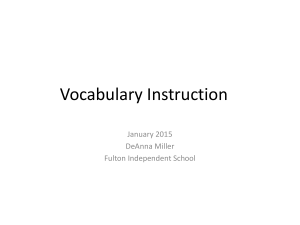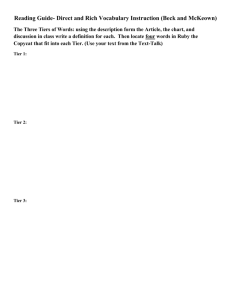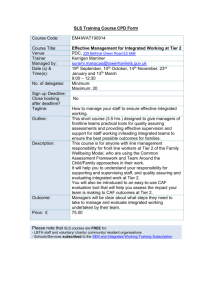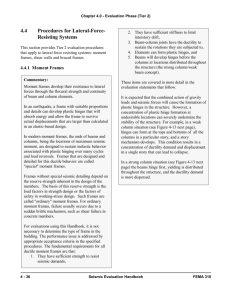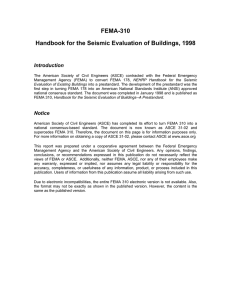Using Word Walls to improve instruction
advertisement
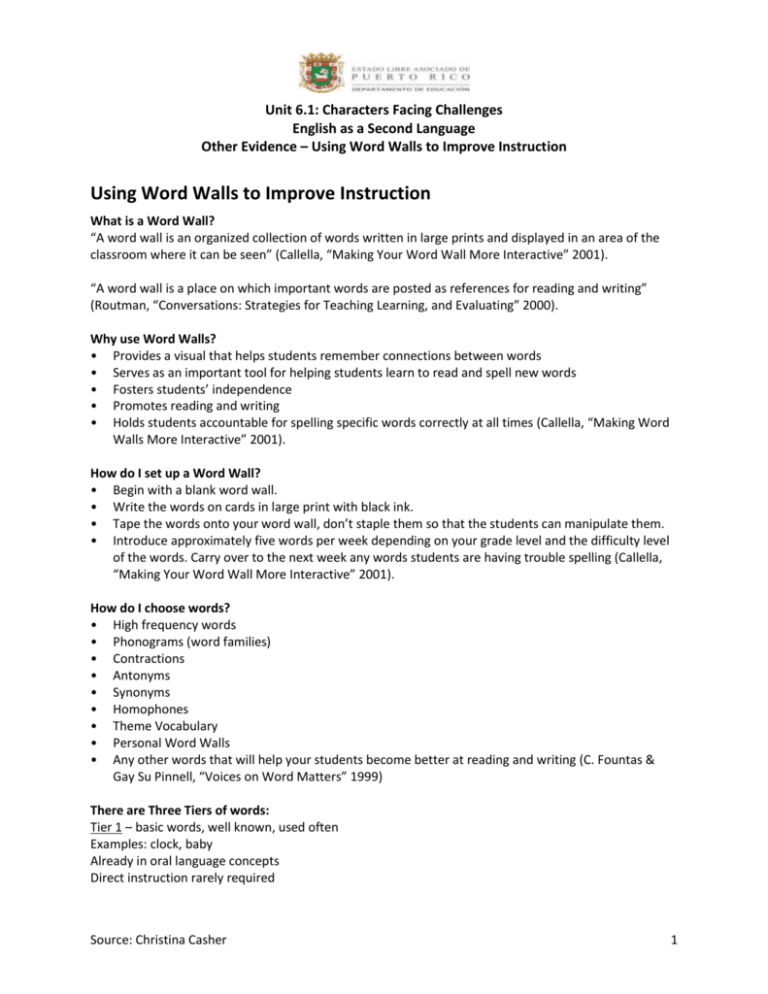
Unit 6.1: Characters Facing Challenges English as a Second Language Other Evidence – Using Word Walls to Improve Instruction Using Word Walls to Improve Instruction What is a Word Wall? “A word wall is an organized collection of words written in large prints and displayed in an area of the classroom where it can be seen” (Callella, “Making Your Word Wall More Interactive” 2001). “A word wall is a place on which important words are posted as references for reading and writing” (Routman, “Conversations: Strategies for Teaching Learning, and Evaluating” 2000). Why use Word Walls? • Provides a visual that helps students remember connections between words • Serves as an important tool for helping students learn to read and spell new words • Fosters students’ independence • Promotes reading and writing • Holds students accountable for spelling specific words correctly at all times (Callella, “Making Word Walls More Interactive” 2001). How do I set up a Word Wall? • Begin with a blank word wall. • Write the words on cards in large print with black ink. • Tape the words onto your word wall, don’t staple them so that the students can manipulate them. • Introduce approximately five words per week depending on your grade level and the difficulty level of the words. Carry over to the next week any words students are having trouble spelling (Callella, “Making Your Word Wall More Interactive” 2001). How do I choose words? • High frequency words • Phonograms (word families) • Contractions • Antonyms • Synonyms • Homophones • Theme Vocabulary • Personal Word Walls • Any other words that will help your students become better at reading and writing (C. Fountas & Gay Su Pinnell, “Voices on Word Matters” 1999) There are Three Tiers of words: Tier 1 – basic words, well known, used often Examples: clock, baby Already in oral language concepts Direct instruction rarely required Source: Christina Casher 1 Unit 6.1: Characters Facing Challenges English as a Second Language Other Evidence – Using Word Walls to Improve Instruction Tier 2 – high-frequency words used by mature language users in a wide range of contexts Examples: coincidence, absurd Surprising, precise and conversation Direct instruction required Tier 3 – low-frequency words, often limited to specific content areas Examples: cirrus, mollusk Not used in many contexts Direct instruction required to include related concepts where applicable Criteria for tier one and tier two words: Useful – can be used in many contexts for reading, writing, speaking. How generally useful is this word? Is it a word that students are likely to meet often in other texts? Will it be of use to students in describing their own experiences? Understandable – children have some ideas or concepts to connect to the new word. How does this word relate to other words, to ideas that students know or have been learning? Does it directly relate to some topic of study in the classroom? Or might it add a dimension to ideas that have been developed? Interesting – What does this word bring to a text or a situation? What role does the word play in communicating the meaning of the context in which it is used? How do we develop word knowledge? Describe words Support words with visuals Connect words to students’ lives Extend words with anecdotes Make associations Give definitions Compare and contrast Question Chart characteristics Rephrase sentences Provide tactile experiences Give examples of correct and incorrect usage Make analogies Source: Christina Casher 2

